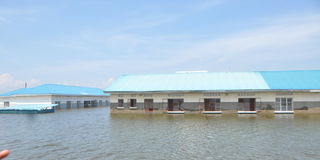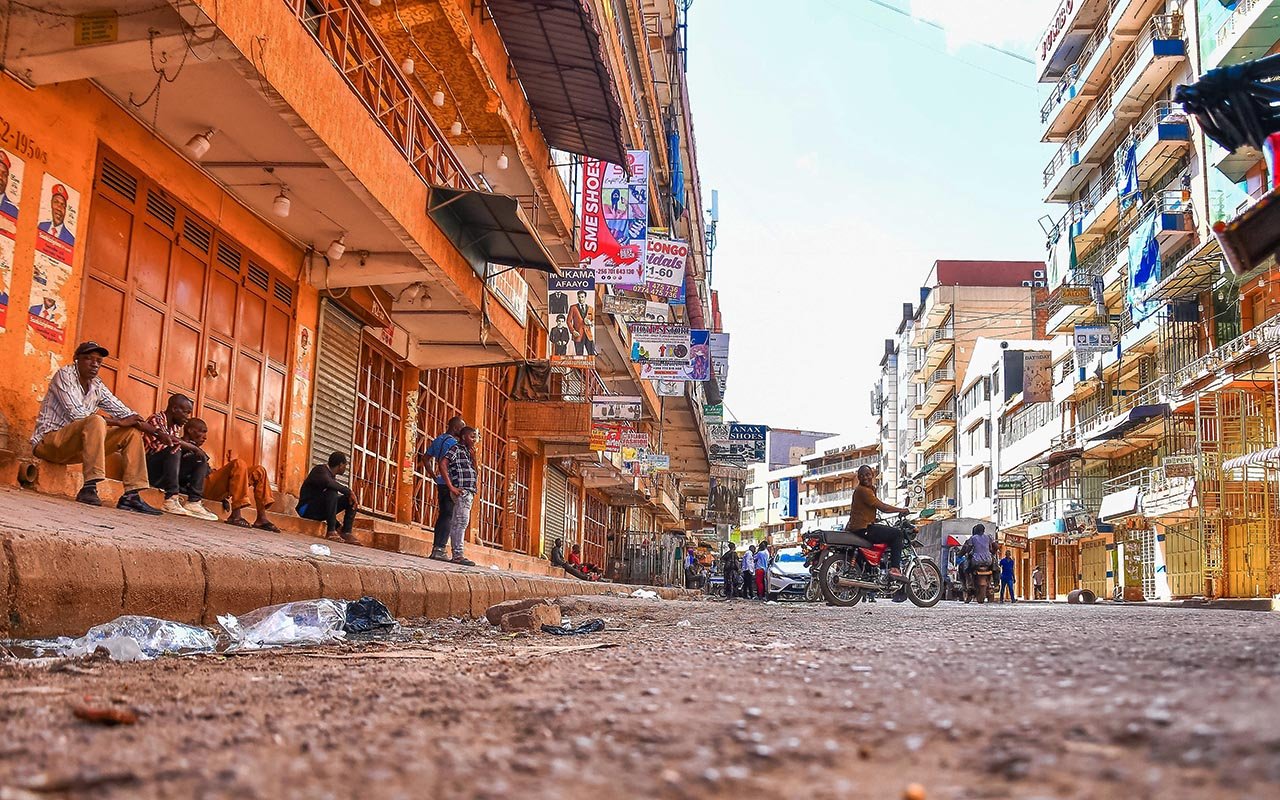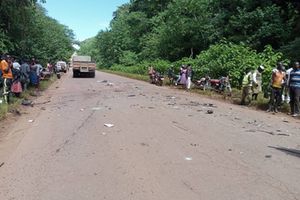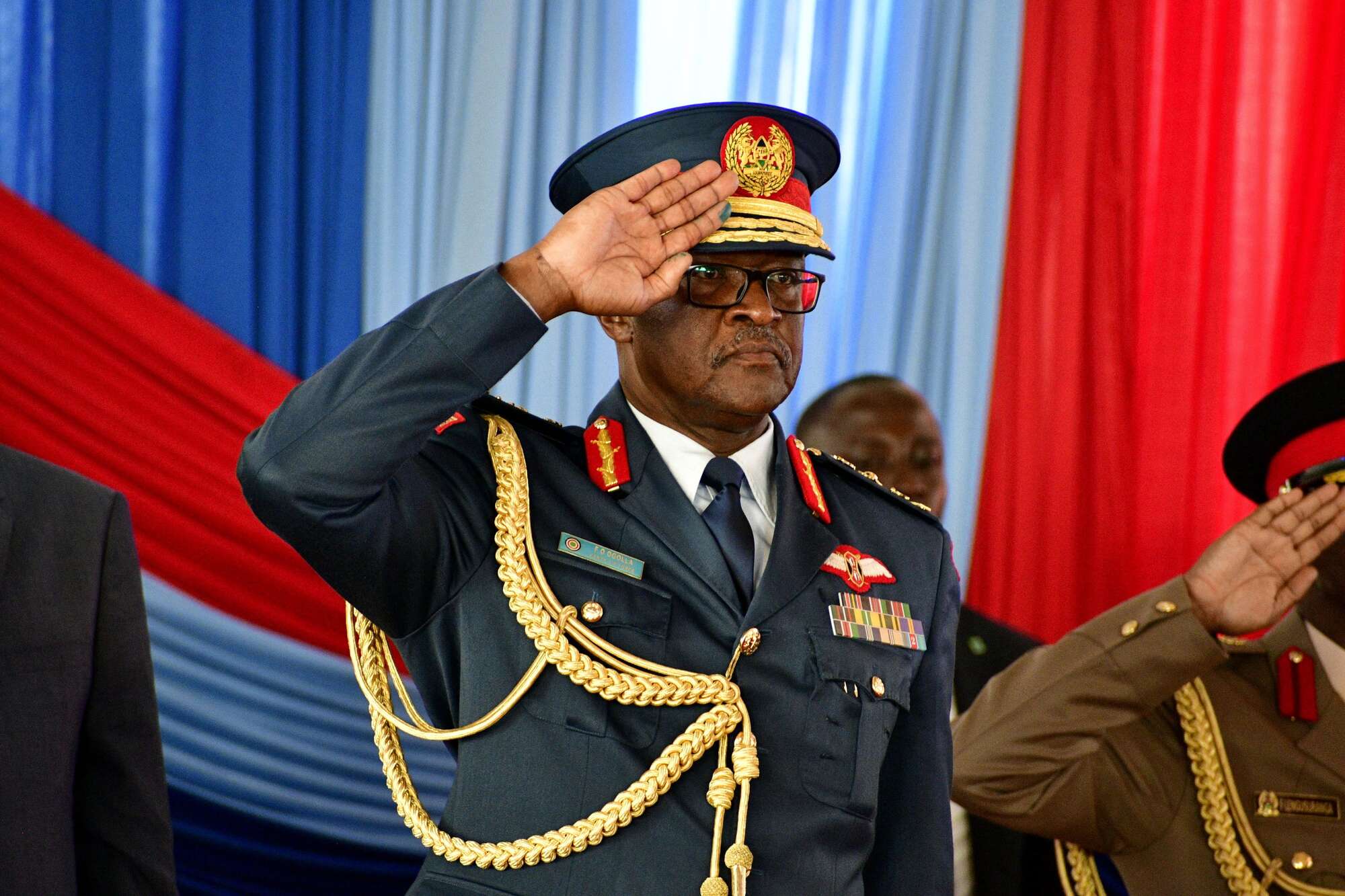How will govt protect water sources from oil-related activities?

A recently refurbished Butiaba Health Centre III in Buliisa District was submerged during a water surge in which some oil wells were allegedly submerged. PHOTO | STEPHEN OTAGE
What you need to know:
- Whereas oil might be a resourceful activity, there are fears of creating long-lasting impact on some resources including water. Therefore, many Ugandans want to understand the protection plan.
Water, for now, remains a pristine resource in the ecologically sensitive Albertine Graben.
The Petroleum Authority of Uganda estimates oil and gas flagship projects such as Tilenga, Kingfisher, the East African Crude Oil Pipeline, and the refinery will have high water requirements.
The estimated peak water requirements for upstream projects and crude pipeline is 42,000 cubic metres per day, an equivalent of 42 million litres.
The refinery’s water requirements is estimated at 30,000 cubic metres per day, an equivalent of 30m litres , leading to a total of approximately 72,000 cubic metres per day as an aggregated peak.
This is just less than 0.067 percent of the average outflow of Albert Nile, which is estimated at 107 million cubic metres per day.
Gloria Sebikari, the Petroleum Authority of Uganda corporate affairs manager, says water will be required for upstream and midstream development, during both construction and production phases.
Upstream activities include drilling of wells, construction of facilities, production and processing of crude oil, while midstream includes refining and export and mainly concentrates on processing, transportation and storage.
In the two years, there has been a high water risk recorded over prolonged and intense rainfall that saw flooding and rising water levels in lakes, rivers and some low-lying areas in the country.
The Ministry of Water noted water levels in Lake Albert, which is within the Albertine Graben area rose rapidly, surpassing the 1964 maximum level of 14.20 metres.
Reports indicated some oil wells in the Albertine Graben had been submerged and posed a danger of oil spillage.
However, the Petroleum Authority of Uganda in a statement refuted the claims, indicating that the zones that contained oil in the different wells, were plugged and sealed off to ensure there was no leakage.
Of concern, however, according to Amanya Dickens, the coordinator of Bunyoro Petroleum Network on Environmental Conservation oil related activities such roads have already affected protected water sources such as dams yet the issue has been haphazardly addressed.
Government, he says, must equip local governments to put in place a mechanism that deals with large to small challenges.
Similarly, Dickens Kamugisha, the Africa Institute for Energy Governance chief executive says, the blowout of oil waste water into Lake Albert and the Nile River must be addressed since it may affect water quality for a region that remains ‘water stressed.’
However, the Petroleum Authority of Uganda indicates that it is undertaking efforts that seek to minimise and prevent direct and indirect impact of oil and gas activities on ground and surface water resources within the project areas.
“It is important that water needs for these projects are met sustainably,” Sebikari says, noting that the efforts include comprehensive hydro-geological and surface water studies, environment and social impact assessments, where comprehensive water quantity and quality baseline data for ground and surface water resources has been collected.
According to Sebikari, the hydro-geological surveys were undertaken to assess ground water potential, sensitivities, and connectivity in the Tilenga project area, which informed the decision to meet part of the water requirements during construction works using ground water, especially for infrastructure that is far from Lake Albert. The use of ground water in the construction phase, she says, is temporary as there are plans to construct permanent water abstraction stations on Lake Albert and related water distribution networks.
Additionally, the Petroleum Authority of Uganda has undertaken an evaluation of water requirements for each project, emphasizing optimized use and re-use, and assessment of potential impacts to water resources.
Management of water during spills
Away from oil production, water management also extends to oil spills, which according to the National Oil Spill Contingency Plan requires oil companies to put in place systems for modelling oil spill movements on water surfaces.
The plan shows that oil spill surveillance on water shall be intended to establish the extent of the contaminated area as well as rate and direction of movement of spilled oil on the surface of a lake or river.
Accordingly, tracking oil spills on water shall be used to assess the spatial extent of surface oil to aid response planning during the acute phase of the oil spill response.
Oil companies must rely on modern technology, which gives a prediction that oil can move and change shape and size over time, driven by wind, currents or the state of the lake or river.
In such a scenario, the oil spill plan recommends using modern sensors for direct and indirect identification of oil on water.
The sensors can be mounted on satellite, aircraft, drones, aerostats vessels and stationary installations offshore.
They may be radar, passive or active infrared, ultraviolet, side looking airborne radars, forward looking infrared and cameras.
Typical resources for surveillance on water include vessels, aircrafts or satellite mounted sensors or manually operated equipment such as Global Positioning Systems, cameras and maps.
Handling waste
Disposal of oil waste is one major issues that may affect water resources.
According to the Petroleum Authority of Uganda, waste produced from oil drilling is mainly composed of mud cuttings which are a mixture of rock cuttings and drilling fluid that contains additives such as bentonite and barite, which are used in the drilling process.
So far, no accidents have been reported with regard to waste generated from various exploration and production activities, as well as base camps.
The National Environment Management Authority has so far licensed 12 companies to handle waste at transportation, treatment and disposal, among others.
Such companies include; EnviroServ, White Nile Consultants Limited and Luwero Industries with constructed facilities in Hoima and Nakasongola respectively and are now licensed to operate these facilities.




